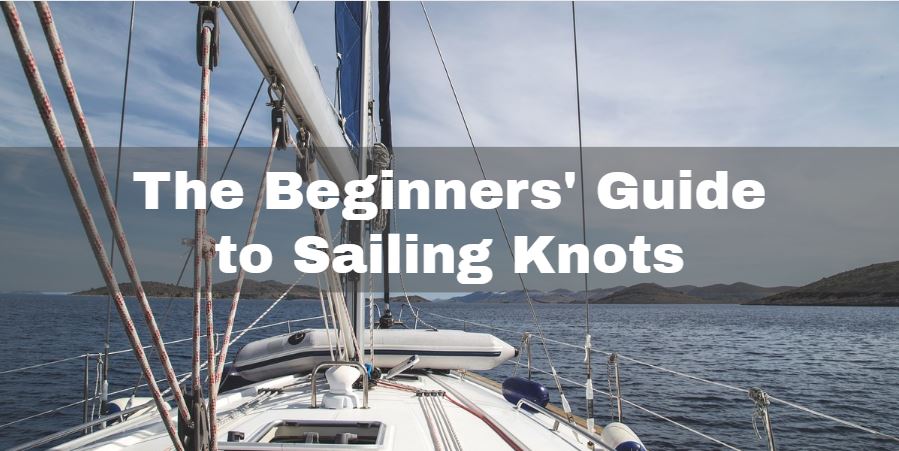If you’re looking to take up sailing, two of the things you will need is some good rope for mooring and rigging, among other things, and the ability to tie a variety of knots for different purposes while sailing.
Below we outline the types of knots you’ll need while sailing, the purpose of each knot, step-by-step instructions on how to tie it and the best type of rope to use for each.
Bowline Knot
If in doubt, use a bowline knot – it is versatile and suitable for a variety of situations as it is secure and reliable. Once you’ve learnt how to tie a bowline knot, it is also very quick and easy to apply; ideal if you’re caught in wet, windy and unstable conditions on-deck.
Such is the versatility of a bowline knot that it can also be used in other situations. For example, it would also come in handy if you ever go camping and need to secure your tent. Alternatively, if you ever try your hand at rock climbing, the bowline will keep your line secure and you safe.

Two Half Hitches
This is a highly useful and reliable knot which can be used to secure the rope to pretty much anything. Furthermore, a two half hitches knot is a constrictor knot meaning that the tighter you pull on the line, the tighter the knot gets. Also, it is one of the very few knots that can be tied or untied with tension in the line. This is also one of the securest knots too, as it doesn’t slip and it doesn’t jam.

Cleat Hitch
You probably won’t be surprised to learn that this knot was created for the sole intention of securing a line to a cleat.

Rolling Hitch
A rolling hitch is used to rake the strain off another rope or object and always runs parallel to the rope or object it is tied to. In addition, a rolling hitch can also be tied to itself in order to create a non-slipping loop.

Sheet Bend
A sheet bend is used to tie two ropes together and can be of either equal or unequal diameter.

Square Knot
A square, or reef, knot is one of the simplest knots to tie. Simple doesn’t mean that it can’t be used for range of purposes though. However, a square knot is not as secure as others, and can slip. Therefore, you shouldn’t use them for critical loads.

Figure Eight
A figure eight is a stopper knot, and so is used at the end of a rope. This is to prevent the rope from running out and escaping from you. In this sense then, a very secure knot that will help you to keep control of your boat in uncertain situations.

Trucker’s Hitch
This is a great knot for helping to increase the amount of tension in a rope, and so is great is great if you need added security when keeping an object you’ve tied down in place.

Bowline Knot
A clove hitch is used to secure a rope to an object. It isn’t very secure though, as it can slip and jam. Therefore, you should never use it with critical loads.

Sources:
- http://www.schoolofsailing.net/sailing-knots.html
- http://www.apparent-wind.com/knots/
- http://www.sailmagazine.com/diy/seven-essential-knots-for-sailors/
- https://www.fix.com/blog/knot-tying-guide/
Tags: sailing, sailing knots, sailing rope

